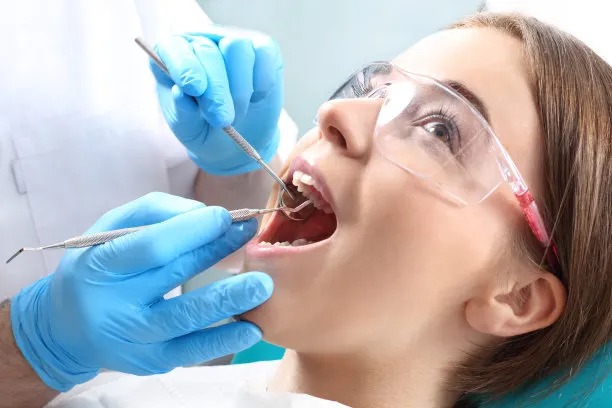The Essential Guide to Safely Extracting a Tooth and Promoting Quick Healing Afterwards
Summary: Tooth extraction can be a daunting procedure, both for patients and practitioners. This guide provides essential steps for safely extracting a tooth, focusing on pre-extraction preparations, the extraction process, post-extraction care, and tips for promoting speedy healing. By following these guidelines, individuals can alleviate anxiety, enhance safety, and support a swift recovery, ensuring a more comfortable experience overall. The information is compiled to equip patients and healthcare providers alike with the knowledge required for effective tooth extraction and care thereafter.
1. Preparation Before Tooth Extraction

Before undergoing a tooth extraction, adequate preparation is vital. Patients should first consult their dentist to discuss the specific reasons for the extraction, which may range from severe decay to overcrowding. The dentist will conduct thorough examinations, including X-rays, to gather important information about the tooths position and the surrounding bone structure. Being informed about the procedure helps mitigate anxiety.
Furthermore, patients should disclose their complete medical history, including current medications, allergies, and any chronic conditions. This helps the dentist identify potential complications or necessary adjustments to the standard procedure. Patients should also be advised to avoid certain medications, like blood thinners, prior to the extraction to reduce the risk of excessive bleeding during the procedure.
Finally, planning ahead for the day of the extraction is crucial. Patients should arrange for transportation, especially if intravenous sedation will be used, and consider pre-preparing soft foods and recovery supplies at home. This proactive approach not only enhances safety but also contributes to a smoother extraction process.
2. The Tooth Extraction Process Explained
The tooth extraction procedure can significantly vary depending on the complexity of the extraction. Simple extractions generally involve loosening the tooth in its socket using specialized instruments and gently removing it. The dentist will use local anesthesia to numb the area, making the process comfortable and pain-free for the patient.
In contrast, surgical extractions may be necessary for impacted teeth or those that have broken below the gum line. This process involves making incisions in the gum tissue and may require bone removal for easy access to the tooth. Regardless of the method, dentists will take precautions to minimize discomfort and ensure patient safety throughout the entire procedure.
To further enhance safety, dentists often monitor patients for any complications during the extraction, such as excessive bleeding or signs of infection. After the extraction, they will provide detailed aftercare instructions to promote healing and prevent complications.
3. Post-Extraction Care and Recovery
After a tooth extraction, proper care is essential to promote rapid healing. Patients should follow the dentists aftercare instructions closely, which may include biting down on gauze to curb bleeding for a few hours post-procedure. Rest is equally important, as it allows the body to recover and reduces the chances of further complications.
Patients are typically advised to avoid strenuous activities and heavy lifting for the first 24 hours after the extraction. Keeping the head elevated can also aid in minimizing swelling. Ice packs applied to the outside of the cheek can help reduce pain and discomfort, making the recovery period more manageable.
In terms of diet, opting for soft foods and staying hydrated is critical during the initial healing phase. Foods like yogurt, applesauce, and smoothies are excellent choices that require minimal chewing. Its essential to avoid hot or spicy foods and refrain from using straws, as these actions can disturb the clot that forms in the extraction site and lead to complications like dry socket.
4. Tips for Promoting Quick Healing
To enhance the healing process after a tooth extraction, patients should focus on maintaining good oral hygiene. Gentle rinsing with warm salt water can help keep the extraction site clean without disrupting the healing tissue. Patients should avoid rigorous brushing near the extraction area for at least a week to minimize irritation.
Additionally, incorporating certain supplements can expedite recovery. Vitamin C and Zinc are known to boost the immune system and promote cellular repair, making them highly beneficial post-extraction. Consulting with a healthcare provider about recommended supplements can provide personalized advice for optimal healing.
Lastly, paying attention to any signs of infection or complications is crucial. Increased pain, swelling that worsens after 48 hours, or discharge from the extraction site should be reported to the dentist immediately. Early intervention can prevent small issues from developing into significant problems, leading to a safer and faster recovery.
Summary: Overall, safe tooth extraction requires proper preparation, an understanding of the extraction process, diligent post-extraction care, and proactive healing strategies. Implementing these guidelines can ensure a comfortable experience and a smoother recovery, benefiting both patients and healthcare providers.
This article is compiled by Vickong Dental and the content is for reference only.



